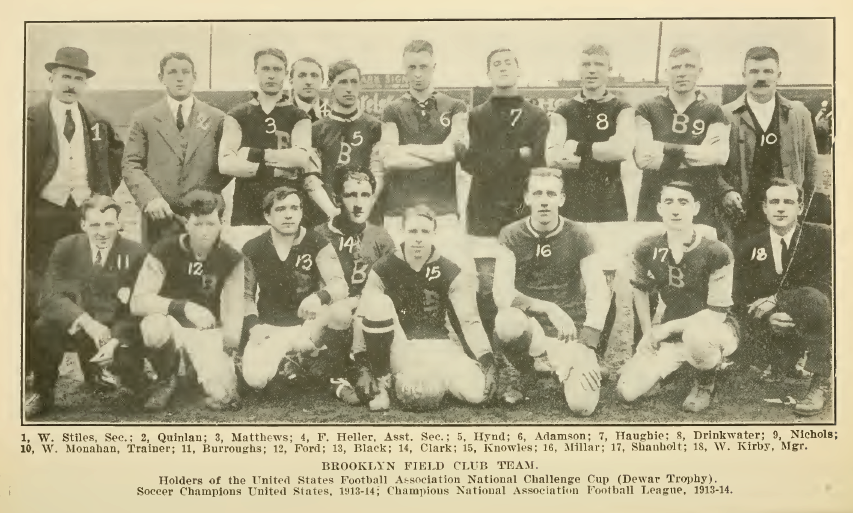When people speak of New York City, they are generally referring to the borough of Manhattan. Of course those familiar with the city know that Manhattan is just one of five boroughs that together are NYC. (Bronx, Brooklyn, Manhattan, Queens, Staten Island). Of the five, Queens is the most diverse. In fact, Queens is the most diverse large county in the entire United States. If the borough of Queens was an independent city, it would be the nation's fourth most populous city, after Los Angeles, Chicago, and Brooklyn.
The diversity of Queens is what makes it special. One thing that unites people from the borough’s 91 distinct different neighborhoods is soccer. Some of the clubs that operate in Queens include:
Queensborough United Soccer Club in Forest Hills
New York Talentos Soccer Club in East Elmhurst
Bambini Soccer Club in Jackson Heights
NY Greek American Atlas in Astoria
When it was announced in late 2019 that Queens would be the home of New York’s newest professional soccer team, it was met with major enthusiasm. The club, Queensboro FC, will be a part of the USL Championship. It is the second division of the US soccer pyramid and one level below Major League Soccer.
The team is part-owned by retired Barcelona and Spain legend David Villa. When asked about his involvement, Villa said,
I lived and played in New York for four years. I know what a special place Queens is. I love the cultures, the food, the people and their passion for life and, of course, soccer. There is no other place like it in the world. It’s a dream to help build this football club in Queens and I couldn’t choose a better location.
Villa also spoke of finding homegrown talent within Queens. "We will recruit the best players in Queens as we become the home team. Our goal is to have as many Queens-bred players as possible."
Queensboro FC was expected to start playing this year, but the ongoing COVID pandemic led to the launch date being postponed until 2022. The club will play its home matches at a new 7,500 seat soccer stadium to be built at York College in Jamaica.
The delay in the team’s inaugural season has allowed the club to start building roots in the community even before a match is played. Queensboro FC continues to be involved in various events and charitable events throughout the borough.
Most recently the club announced the release of a limited-edition jersey that will help raise awareness and financial support for hospitals in Queens. 100% of net proceeds from the jerseys will benefit hospitals throughout the borough.































